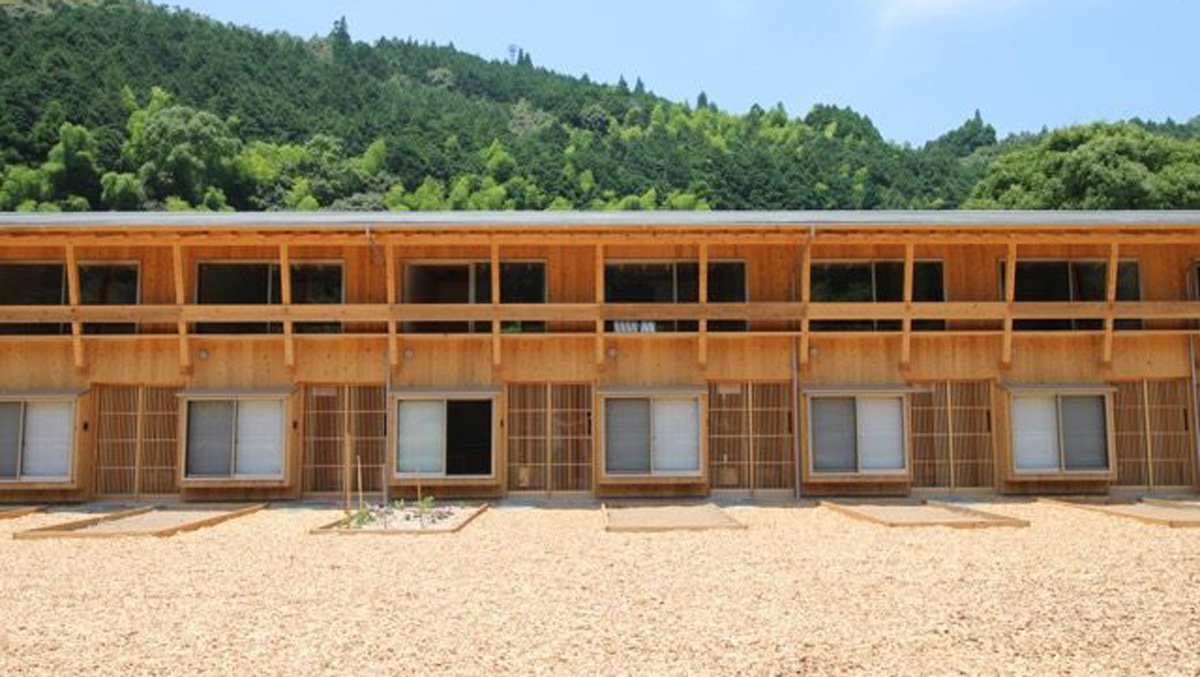Architectural Behaviorology: The Work of Atelier Bow-Wow
feb
28
Thu, Feb 28 2019, 6:30PM - 7:30PM
200 Larkin Street | Samsung Hall, Asian Art Museum, San Francisco, California, 94102 View map
Part of event series: Architecture Lecture Series Spring 2019

Organized by
Asian Architecture Today + Architecture Lecture Series
Event description
A limited number of tickets will be free for CCA students and faculty with proof of valid ID. RSVPs will be collected in advance. Additional tickets available at asianart.org.
Atelier Bow-Wow’s philosophy of architectural behaviorology sees architectural design as the relationships among different considerations on various behaviors. It observes various behaviors brought by three main actors in and around architecture: nature (light, wind, heat, humidity, etc.), the human (custom, habit) and the building (typology, building elements). Design practices based on architectural behaviorology tackle barriers between people and local resources.
Husband-and-wife team Yoshiharu Tsukamoto and Momoyo Kajima founded the architecture firm Atelier Bow-Wow in 1992. The Tokyo-based practice is renowned for its domestic, commercial and cultural architecture and for its theories, especially its work surrounding the concept of behaviorology. The firm has also championed the fourth-generation house in Tokyo and the experimental project Micro-Public-Space, which has been exhibited across the globe. The pair has published 11 books, including “Made in Tokyo,” which documents hybrid buildings situated in Tokyo’s densely built urban environment. Tsukamoto is a professor in the Graduate School of Architecture and Building Engineering at Tokyo Institute of Technology.
About the Series
Atelier Bow-Wow’s philosophy of architectural behaviorology sees architectural design as the relationships among different considerations on various behaviors. It observes various behaviors brought by three main actors in and around architecture: nature (light, wind, heat, humidity, etc.), the human (custom, habit) and the building (typology, building elements). Design practices based on architectural behaviorology tackle barriers between people and local resources.
Husband-and-wife team Yoshiharu Tsukamoto and Momoyo Kajima founded the architecture firm Atelier Bow-Wow in 1992. The Tokyo-based practice is renowned for its domestic, commercial and cultural architecture and for its theories, especially its work surrounding the concept of behaviorology. The firm has also championed the fourth-generation house in Tokyo and the experimental project Micro-Public-Space, which has been exhibited across the globe. The pair has published 11 books, including “Made in Tokyo,” which documents hybrid buildings situated in Tokyo’s densely built urban environment. Tsukamoto is a professor in the Graduate School of Architecture and Building Engineering at Tokyo Institute of Technology.
About the Series
The Asian Art Museum and California College of the Arts present a series of lectures by leading figures shaping architecture today. Through this collaboration, the series hosts a combination of distinguished architects from Asia as well as North American practitioners active in Asia to provide a common framework for deepening knowledge of and interest in contemporary Asian architecture.
Entry details
Free and open to the public